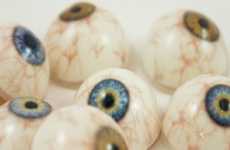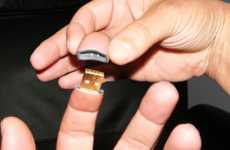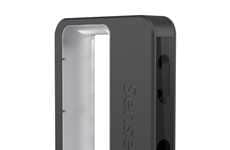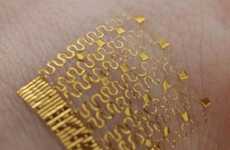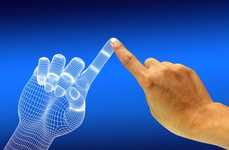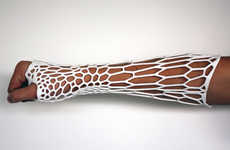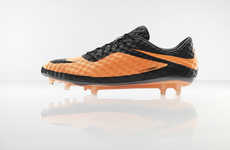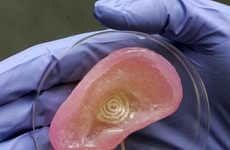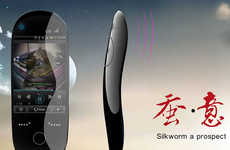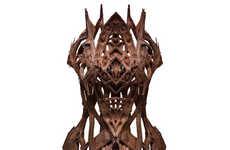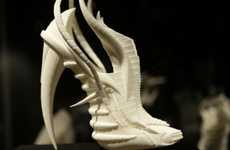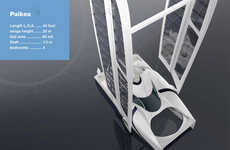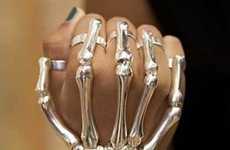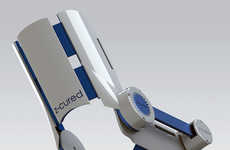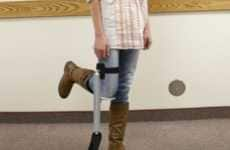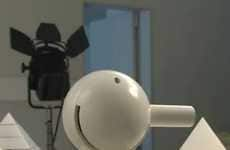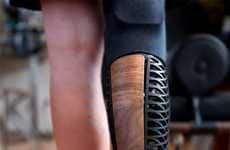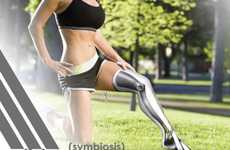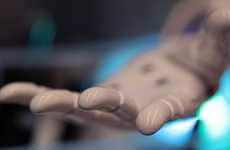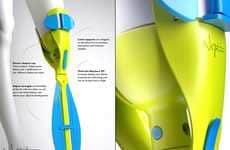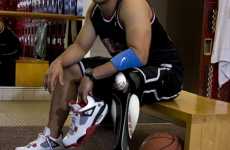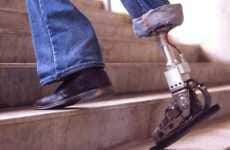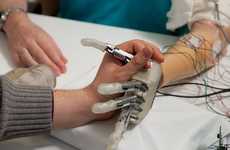
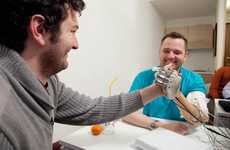

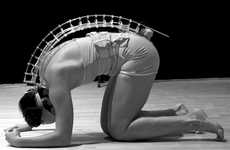
Modern prosthetics cater to consumers aiming for physical perfection
Implications - In a society where striving toward perfection is commonplace, consumers are always on the lookout for products or services that will make them the best they can be. High-tech prosthetics not only replace missing or damaged limbs, but also provide an overall improvement to function. These physical substitutions reflect the strive for excellence among consumers, combining practical physical attributes with high-tech features.
Trend Themes
1. High-tech Prosthetics - Prosthetics with high-tech features that provide an overall improvement to function are becoming more common.
2. 3D Printing - Printing technology is being used to create low-cost realistic prosthetic body parts.
3. Bionics - Advancements in bionics are allowing prosthetic devices to restore partial feeling to the wearer's arm.
Industry Implications
1. Healthcare - The healthcare industry can benefit from creating and adopting high-tech prosthetics and bionics that help restore functionalities of body parts.
2. Manufacturing - Manufacturers can explore using 3D printing technology to create prosthetics and other artificial body parts, resulting in low-cost production and more enhanced realistic approach.
3. Sports - Sporting companies can design and develop sports-oriented prosthetics devices that enable athletic disabled people get back into the game, like the Adidas Impetus Soccer Prosthesis.
